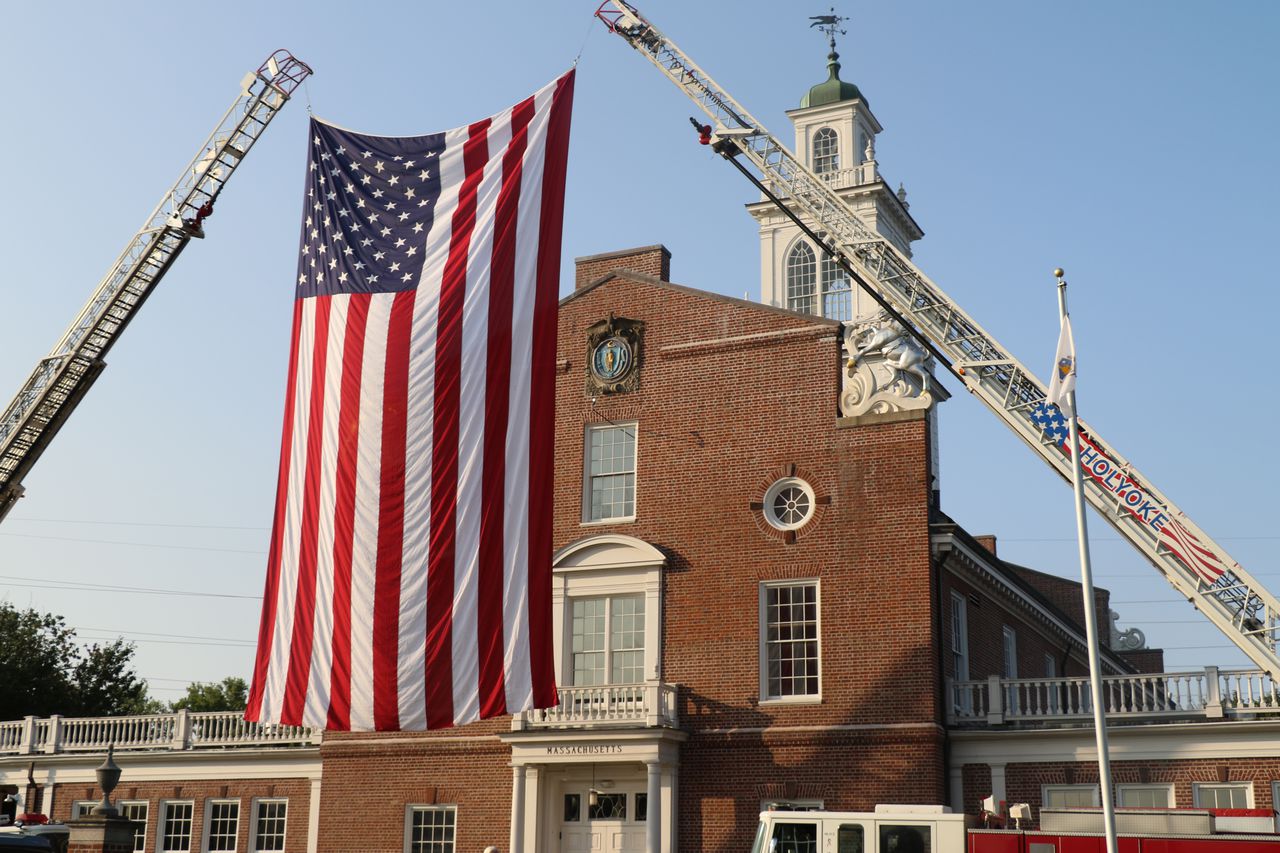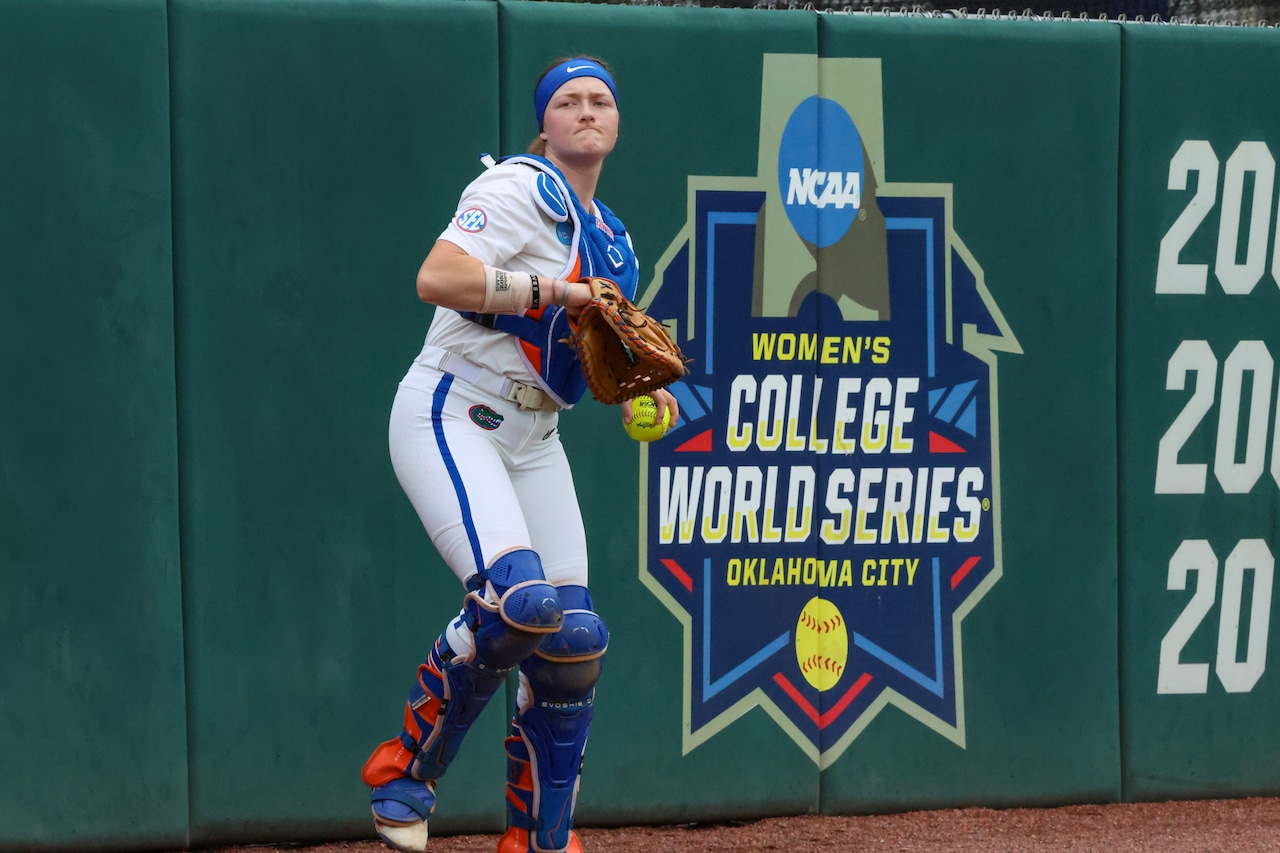
For all of MassLive’s Big E coverage, click here.
Did you know the only place to set foot in all six New England states in one hour is right at The Big E? Yes, you will literally be standing on each of the six states property right in West Springfield.
It may sound confusing, but The Avenue of States at The Big E holds a bunch of lore that fairgoers might not be aware of.
Eastern States Exposition founder Joshua L. Brooks long ago hoped to have state buildings at the fair that would “unite the agricultural and industrial parts of the exposition and showcase traditional and new products and attractions that make each New England state unique,” The Big E’s website states.
After all, The Big E is the only fair in the nation where more than one state participates, Noreen Tassinari, director of marketing at the fair told MassLive.
Here’s what’s fact about the state buildings located on The Avenue of States that you may not be aware of.
The property was first used for the National Dairy Show before the start of the Eastern States Exposition
Brooks convinced the planners of the National Dairy Show, who had never held the show in the East, to move to the newly created fair grounds, Tassinari shared.
The nation’s largest cattle show directors found the idea “preposterous,” according to Mass Moments. But, they were unaware that Brooks owned and operated a 300-acre farm in Wilbraham, believing that cooperation and the adoption of innovative techniques for financing and marketing would lead to an agricultural revival in New England, the website added.
His goal — link the region’s agriculture to its industry and commerce.
“The guy was a force of nature,” Tassinari praised about Brooks.
His next goal was to take the Eastern States Exposition even further.
The Big E is the only fair in the nation to highlight more than one state
The Avenue of States is the whole reason The Big E is such a unique fair, as it is the only fair in the nation that encompasses more than one state.
Instead, The Big E pays homage to all six New England states — Massachusetts, Connecticut, Rhode Island, Maine, New Hampshire and Vermont. In each state building on the Avenue of States, fair visitors will be able to step foot in each state building, being met with iconic and niche elements hailing from that state.
The Avenue of States was meant to include more than just New England states
Upon the creation of the fair we all know and love today, Brooks original goal was to create a fair that showcases all states in the North East.
Not only did this include New England, but other states like Pennsylvania, New York and New Jersey.
The states outside of New England never come to fruition, Tassinari shared, but certainly all six New England states have their building under Brooks’ goal — to bring all six states together in one location.
“The Avenue of States epitomizes that philosophy in bringing all the states together,” Tassinari said.
The Massachusetts building came first
Brooks used his “powers of persuasion” to convince the Massachusetts legislature and it’s governor to spend $50,000 to build the Massachusetts building that stands to this day at The Big E. It was designed by architect James H. Ritchie.
The building was built and dedicated on Sept. 16, 1919 by then Governor Calvin Coolidge, who went on to eventually become president.
The Avenue of States would not see another State Building until 1925.
Each building is a replica of each state’s original State House
When building the Massachusetts building, Ritchie designed an “almost perfect” replica of the original Massachusetts State House, which you can see sit right in Faneuil Hall Marketplace in Boston.
Every other state house to come at the fair would follow that same theme — mimicking the original design of the state’s building. After Massachusetts, came Maine, Vermont, New Hampshire, Connecticut and Rhode Island.
Each state building sits on land actually owned by the state
Yes, you can actually walk in different states all while never leaving The Big E.
“The land is deeded to its states. So it is official that you are on state property,” Tassinari said. But there is a catch.
When it comes to public safety, guests of the fair still need to adhere to local West Springfield rules and regulations.
Including owning the land the buildings sit on, the states themselves actually run each state building. It is up to that specific state to select the exhibitors in the buildings as well as handle repairs to them, not The Big E.
Any modifications or upgrades over the years have all handled by each respective state.
The cost of each state building widely varies
The buildings on the Avenue of States were not built in a day. In fact, they were built years after one another. The final building — Rhode Island — was not dedicated until 1957. Massachusetts had been built first in 1919.
Because of the years the buildings are apart, the cost to build each one greatly varies.
See what each cost in the order the buildings were built below.
- Massachusetts, 1919 — $50,000
- Maine, 1925 — $50,000
- Vermont, 1929 — $60,000
- New Hampshire, 1930 — $75,000
- Connecticut, 1939 — $85,000
- Rhode Island, 1957 — $150,000
The New Hampshire building doesn’t include sales tax
As a perk of each building following the rules of that given state when it comes to conducting commerce, if a fairgoer makes a purchase in the New Hampshire building, they would not be paying sales tax.
In the state of New Hampshire, there is no general sales tax on goods purchased.






